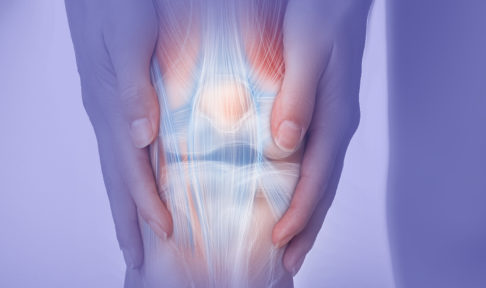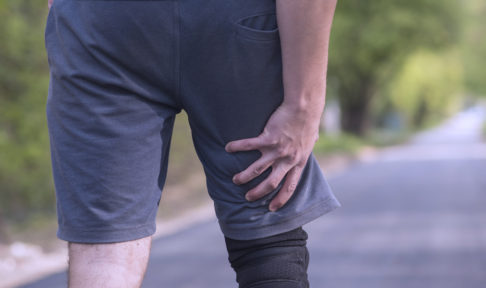While skiing (and other snow sports like snowboarding) are favourite pastimes of many Londoners, they’re not without their risks. Unfortunately, injuring yourself on the slopes is quite common, particularly if you haven’t done the appropriate physical preparation in the lead up to the ski season.
It’s important to remember that at Spectrum we always begin each treatment session with a comprehensive assessment, so we can provide personalised and specific advice to each client based on their condition, medical history, goals and a number of other factors. But so you can be aware of the areas to be extra mindful of coming into the ski season, here’s a breakdown of the three most common skiing injuries we see in our London clinic, and how your physio might treat them.
1. ACL
Your Anterior Cruciate Ligament (ACL) is one of the key structures that makes up your knee joint – but it’s also one of the most commonly injured parts of the knee when it comes to sports injuries. Sports that involve a lot of pivoting or changing direction, like skiing, are especially guilty of creating havoc for your ACL. ACL injuries can range from quite minor, such as a small sprain, through to being completely torn and therefore quite serious.
In skiing, your ACL could be injured due to either an external or internal factor. An example of an external factor would be a snowboarder crashing into your knee, whereas an internal factor could be simply twisting the wrong way when you have a predisposed anatomical issue with your knees.
One of Spectrum’s lead physios, Rob Foyster, says that they often see ACL skiing injuries occur in people who are perhaps lacking a little bit of strength, which is why they really encourage people to train in the lead up to ski season.
“But strength training alone isn’t enough, you also need to include rotational training to prepare your knees to avoid a sprain,” explains Rob.
2. Ankles
Ankles are another notoriously easily injured area of the body during snow season. They can be impacted in a number of different ways – from high ankle sprains caused by slippery powder skiing, to a full-blown ligament tear, which is particularly common with snowboarders who don’t wear their fixed boots tight enough.
Proprioceptive training is ultimately the best method for preventing this type of injury. It’s a neuromuscular sense which basically combines information from your other senses to form a higher understanding of sensation.
Spectrum’s other lead physio, Ant Brightwell, explains that in the case of skiing, this type of training can be really useful in developing strength when you do things like performing your ankle exercises with your eyes closed, or while standing on uneven surfaces.
3. Wrist, elbows or shoulders
Wrists, elbows and shoulders are common victims of snow sports injuries, largely due to the high chance of falling in skiing and snowboarding. They are what are often known as FOOSH injuries, which stands for ‘fallen onto outstretched hands’.
FOOSH injuries vary in severity, subject to how hard the ground is that you fall onto and how sharply and far you fall. Worst case scenario you might end up with a scaphoid fracture (a break in one of the small bones that make up the wrist), a radial head fracture that causes pain in the elbow and wrist, a collarbone fracture or dislocated shoulder. Less serious FOOSH injuries may result in a bit of bruising and swelling, which may mean you need to head to après-ski a little earlier than planned, but hopefully won’t suffer from prolonged issues.
In the event you do end up with an ACL, ankle or FOOSH injury from skiing, Spectrum can work with you to create a personalised treatment plan. In all of these cases, your recovery will most likely utilise a mix of a few of our therapies: manual manipulation, guided exercise therapy and Game Ready Ice/Compression.
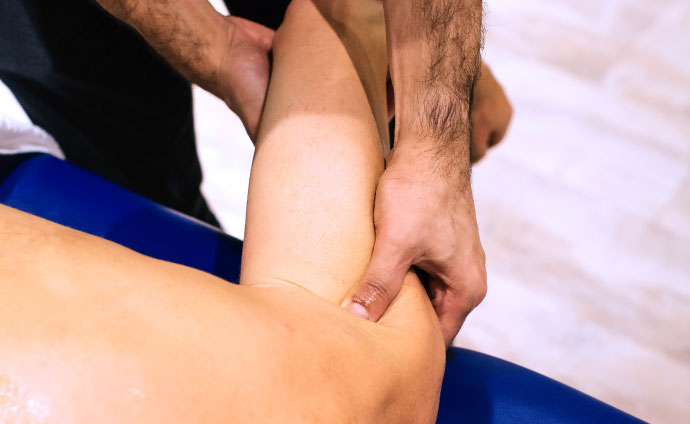
Manual manipulation
Manual manipulation therapy is perhaps the typical form of physio that people think of. It is treatment delivered by the therapist’s hands, as opposed to a device or machine and works to improve the movement, mobility and function of your soft tissues, joints, muscles, tendons and ligaments.
Spectrum’s physios specialise in knowledge of the musculoskeletal system and can use a range of manual manipulations to help speed up recovery from an injury sustained during an activity like skiing.
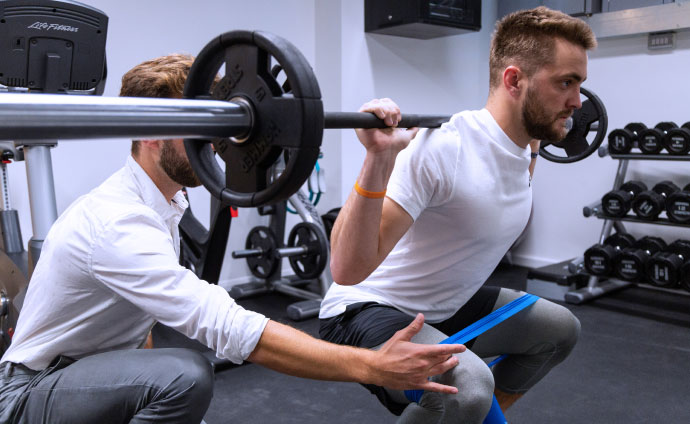
Guided exercise therapy
Guided exercise therapy can take on many forms, but in Spectrum’s London clinic we have a full gym setup where we coach patients through a variety of exercises designed to help improve their mobility, strength and ultimately recovery from an injury.
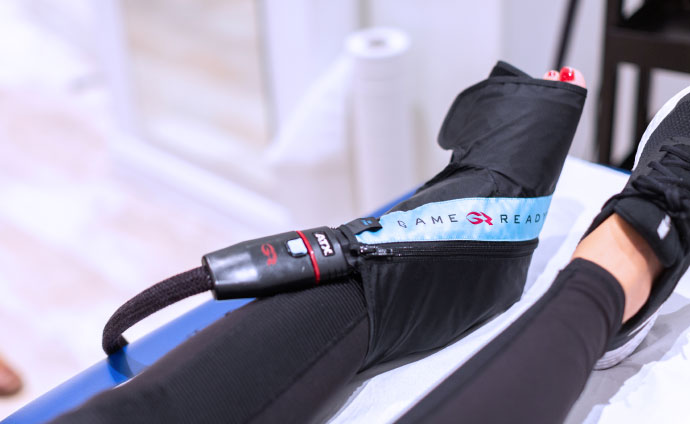
Game Ready Ice/Compression unit
Whether you’ve fallen, or caused stress to an area of your body in another way, the Game Ready Ice/ Compression unit is one of Spectrum’s most unique treatment options.
Reducing inflammation and pain using cold compression technology, it works by wrapping a sleeve around the affected area which then tightens, as ice cold water is pumped through it. The combination of these two treatments means swelling goes down much faster than it naturally would and other treatments can then be utilised sooner, to aid in a speedier recovery from injury overall.
Do you want to avoid injuries like these this ski season?
Set yourself up for success with a personalised prehab skiing program. Contact Spectrum via our website and lock in an appointment today.


